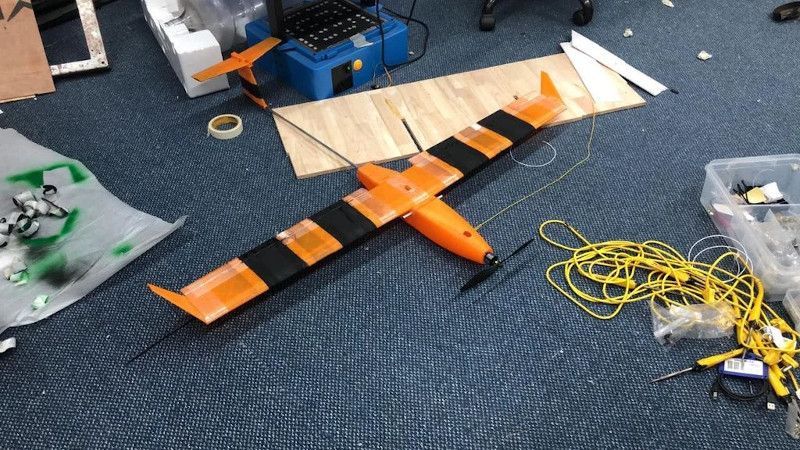Historically, remote control aircraft were produced much like their early full-sized counterparts. Wooden structures were covered with adhesives and taut fabric membranes. Other techniques later came to the fore, with builders looking to foam and other materials. Of course, these days 3D printers are all the rage, so perhaps one can simply print out a whole plane? As [sahevaantaneja] discovered, it’s not that easy!
One of the foremost problems is the process of slicing. This is where 3D geometry is transformed into the G-code which defines the path taken by the 3D printer during production of a component. Slicer software is generally optimised for working with mostly-solid objects, and some tweaks can be required when working with thin-walled designs.
These challenges come to bear with an aircraft design, which, by necessity must be lightweight. [sahevaantaneja] does a great job of explaining the journey of discovery in which their design was optimised to work with conventional slicers. This allowed the various components to be printed without errors, while retaining their strength to survive in flight.
The design was successful in test flights – a great reward after much experimentation. We’ve seen other 3D printed designs take flight, too. Video after the break.
















Hey guys, do check out the epic crash as well! Made some improvements to the wing spar now and will be retesting the aircraft again.
https://youtu.be/scRd845XxfU
I am also designing a heavy lift twin (~5kg payload) which is again fully 3d printed. Do keep a look out on instructables for how I went about designing and building it.
Where is the epic crash?
Are we talking just traditional PLA? Because I might suggest giving some of the carbon reinforced variants, I used a spool for a robotics project that worked really well at being lightweight yet strong using very low infill settings. (This was when I still thought dirt cheap RC hobby servos would handle any actual weight load! Lol)..all in all it did make the quadruped actually walkable and semi passively compliant, but as I’ve been dismembering that project for repurposing the electronic parts, I cant help but notice weight per volume of that material is still impressive, and could maybe be used for this application…cant remember the brand I used but it wasnt anything expensive. Just my thoughts.
Orient the build so the filament is continuous. E.g. if you make a tower, the filament should not be in layers like donuts but in long sweeps all the to the top from bottom. Think about bending and how things fail and the solution usually will work itself out with some orientation changes.
In a lot of cases there isn’t an obviously best direction. I think in this case having the wing printed chordwise with an inserted spar printed lengthwise would give you the best of both.